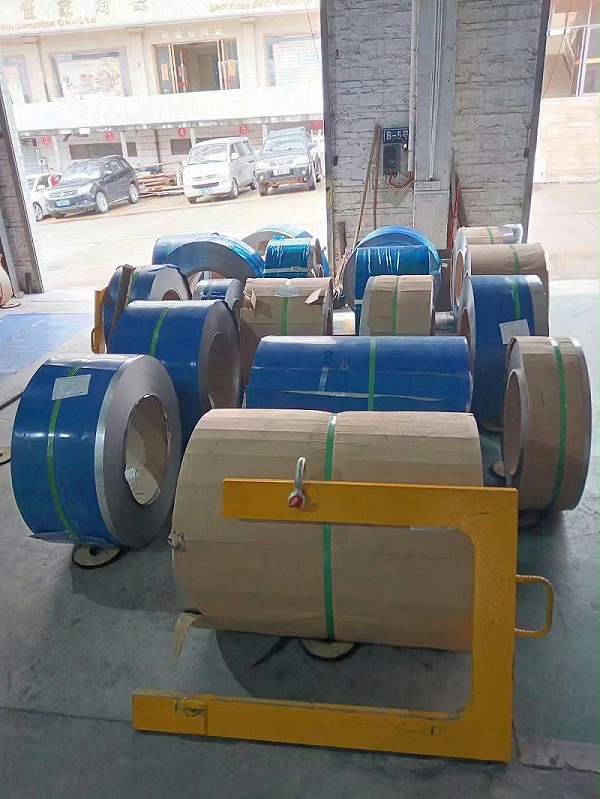The surface treatment methods of stainless steel can be roughly divided into five categories, namely rolling surface processing, mechanical surface processing, chemical surface processing, mesh surface processing and colored surface processing. The formed products often have mirror finish, brushed finish, mesh texture, etching, electrolytic coloring, coating coloring, etc.
With the diversification and sophistication of stainless steel applications and their continuous development towards decorative and artistic directions, stainless steel color oxidation has been increasingly widely used due to its high decorative function.

After going through processes such as pretreatment, screen printing, graphic etching, ink removal, and post-treatment chemical coloring, stainless steel coloring not only endows stainless steel products with various colors, increases the variety of product patterns, makes the graphics clear, has a strong three-dimensional effect, and good decorative performance, but also improves the wear resistance and corrosion resistance of the products. The diversity of stainless steel surface treatments offers more options for the bright and durable appearance of buildings, and also makes it possible for curtain wall design to explore and develop towards higher heights and more complex environments.
Although stainless steel plates are corrosion-resistant, it does not mean that they will never corrode. If stainless steel plates are not used and maintained properly or in extremely harsh environments, local oxidation corrosion may also occur.
There are mainly three forms of corrosion of stainless steel: chemical corrosion, electrochemical corrosion and stress corrosion. The areas with weak corrosion resistance in the passivation film on the surface of stainless steel, due to self-excited reactions, form pitting corrosion reactions, generating small holes. Coupled with the approach of chloride ions, a highly corrosive solution is formed, which will accelerate the speed of the corrosion reaction. There is also intergranular corrosion cracking inside stainless steel. All of these will cause damage to the passivation film on the surface of the stainless steel plate.
Therefore, the surface of stainless steel plates must be regularly cleaned and maintained to keep its lustrous appearance and extend its service life.


